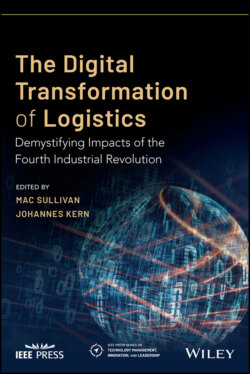Читать книгу The Digital Transformation of Logistics - Группа авторов - Страница 48
Sensors and Identification
ОглавлениеThe level of monitoring and identification, thus the Thing itself, e.g. product, box, container, or transport device (see Figure 3.2), can vary according to the requirements. Although in a narrow sense the Thing is equal to the product, for example, for tracking a shipment from Europe to Asia by an ocean carrier, tracking the vessel itself during its way might be enough – knowing and trusting that the product was loaded onboard the ship. Thus, tracking information does not have to be sent from every single of the millions of products on a containership, but only from the ship itself. If the sensor data from individual products are requested, other solutions are required.
Figure 3.2 Levels of sensors and identification.
To define this level, the overall supply chain process and the intended business services have to be considered. Is a pure identification/localization2 enough, or are sensors needed to get certain data, such as condition monitoring? It could be necessary to use sensors implemented in the product to monitor certain conditions. At the same time, although the product itself might have some sensors inside, to optimize transport, handling, or warehousing of a mix of sensor and non‐sensor products, it might be needed to have additional sensors on container or transport device level. Furthermore, in case a sensor is needed, which conditions, such as temperature, humidity, or acceleration, do the sensor need to measure? Modern sensors are quite compact, small, and capable of measuring multiple of those.3
